
The story of the American hamburger says a lot about changing food trends and safety. In earlier decades, burger toppings were wild, colorful, and experimental, often packed with artificial colors or chemicals simply because they drew the eye and offered new flavors.
Health risks uncovered by research, lawsuits from consumer advocates, and large-scale recalls have all contributed to a far more regulated and transparent ingredient list, with nostalgic diners now recalling a time before present-day restrictions.
Why the FDA Bans Burger Toppings

Back in the early 20th century, there were few rules about what could go into food. This led to scandals and unsafe products, which were exposed by stories like Upton Sinclair’s “The Jungle.”
The FDA was given power to police food after the 1906 Pure Food and Drug Act and kept expanding its reach. Notably, the Color Additive Amendment of 1960 and the Food Additives Amendment of 1958 required even common burger ingredients to be proven safe before use.
As an agency spokesperson said, “Food and color additives must be shown to be safe to the satisfaction of the FDA before they are added to foods,” reflecting this ever-evolving safety net.
Science and the Safety Push
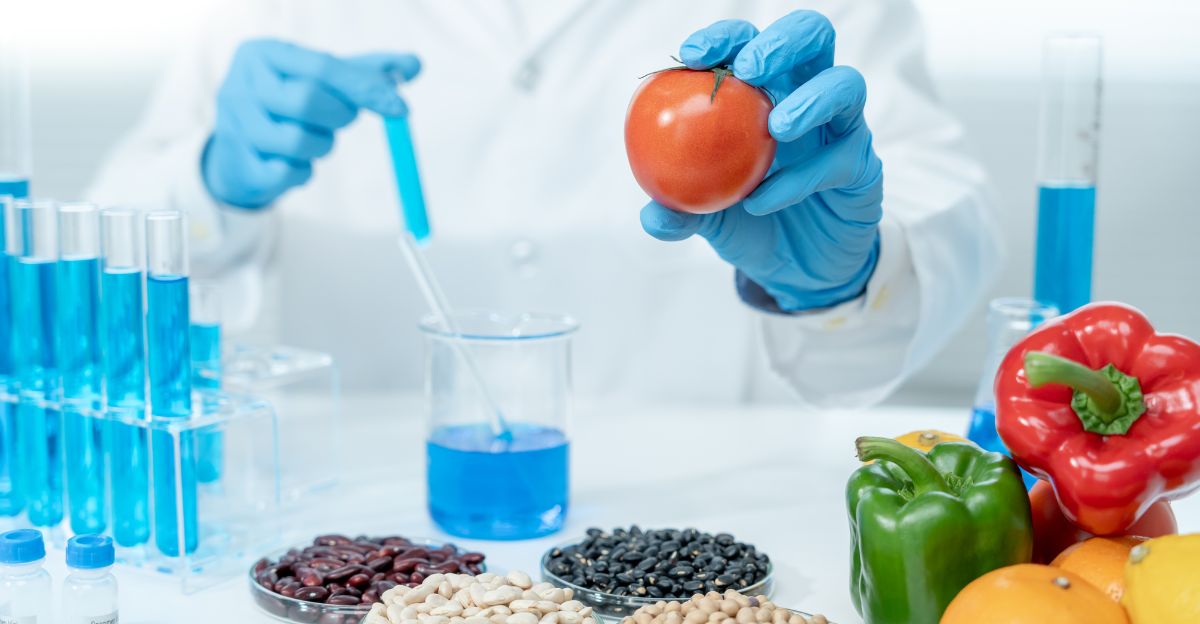
Scientists started carefully testing dyes, preservatives, and other burger toppings for risks like allergy triggers or cancer links as food chemistry progressed.
Groups like the Center for Science in the Public Interest (CSPI) and the Environmental Working Group pressed for tighter oversight, garnered news coverage, and demanded FDA action on unsafe food practices.
Michael Schulman’s quote, “The [FDA’s decision] to not allow [some additives] as a food additive is a terrific step in the right direction,” underlines the crucial feedback loop between fresh science, worried consumers, and regulatory action on burger toppings.
How Bans Affect Burger Culture

Removing certain burger toppings isn’t just about health; it also changes American food memories. Once-popular toppings made with wild dyes or odd flavors evoke a sense of nostalgia for some, while others are happy to see them go.
Older generations remember when burgers were brightly colored, while today’s diners might never encounter these controversial toppings. One modern commentator said, “It’s a vivid reminder of how times have changed and consumer awareness has grown. It’s hard to believe such a vibrant cheese was ever on the menu.”
1. Coal Tar Cheese Dyes

The journey of cheese coloring stands out. In the past, bright orange cheese drew customers’ eyes and symbolized a rich cheeseburger.
Cheeses often relied on coal tar-based dyes like FD&C Orange No. 1, which seemed safe and modern initially, but became worrisome when tests showed a link to animal cancer.
With FDA bans in the 1970s, cheese makers switched to annatto or turmeric or skipped color altogether. The result: burgers lost some “pop” in exchange for safer cheesy goodness, making this iconic ban a turning point in how visual appeal gave way to long-term safety.
2. Smoke-Treated Lettuce

In the 1990s, “Smoke-infused” lettuce was an attempt to create a signature burger taste. Greens were sprayed with food-safe yet chemically intense smoke flavorings.
It was short-lived: complaints from uneasy consumers were matched by scientists sounding alarms about possible toxicity. When lab animals showed negative responses, regulators moved fast. The FDA’s ban reflected a willingness to clamp down on even trendy, creative ideas once health risks became clear.
Today, this story warns that not every innovation belongs on a burger.
3. The Sassafras Ketchup
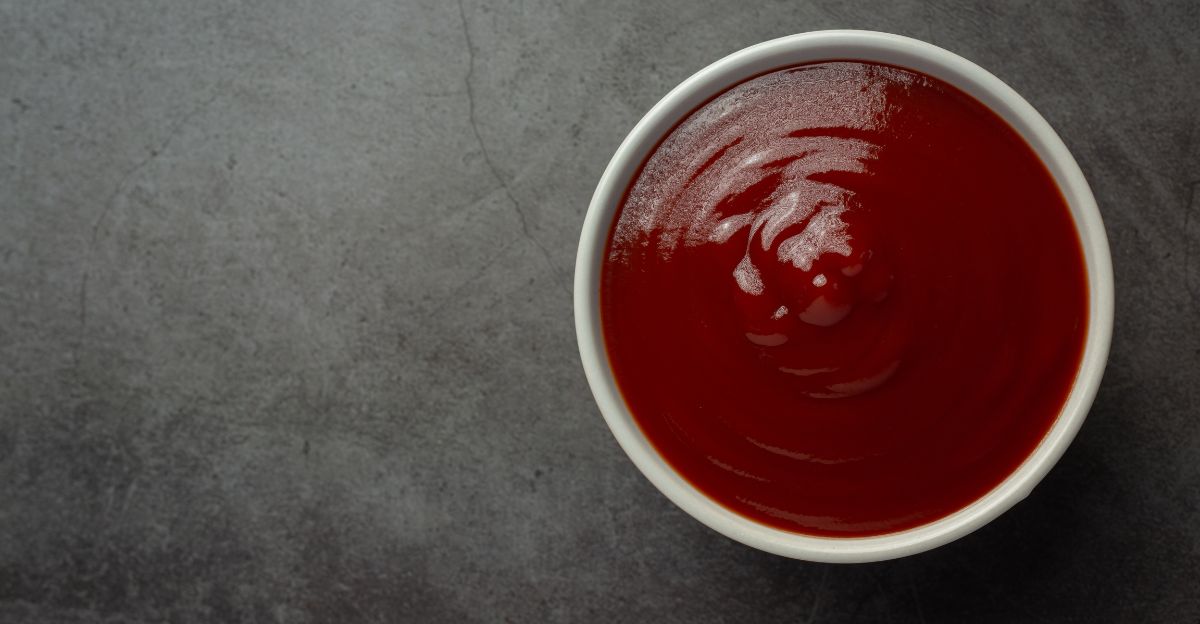
Sassafras root, which gave root beer its unique taste for generations, also flavored a once-popular spicy ketchup.
But when safrole, the active component, was shown to cause cancer in lab animals in the 1960s, the FDA responded swiftly. Companies tried, but couldn’t find an alternative that kept the full sassafras punch.
The rule not only pushed sassafras ketchup off menus but also set a precedent for removing natural yet risky plant ingredients from everyday foods, marking a significant change in how public safety is prioritized over traditional flavors.
4. Fake Bacon Bits with Plastic

By the 1970s, artificial bacon bits, sometimes made of soy protein and plastic-like fillers, were prized for crunch without animal fat.
But some of the resins and colorants in these fake bits weren’t approved for food. When scientists flagged health risks, the FDA cracked down. Recipes were changed, or phony bacon vanished.
This ban emphasized that modern food can be both clever and sneaky, and that the FDA must always keep up with the latest food fads for safety’s sake.
5.“Cheddar Spread” with Trans Fats
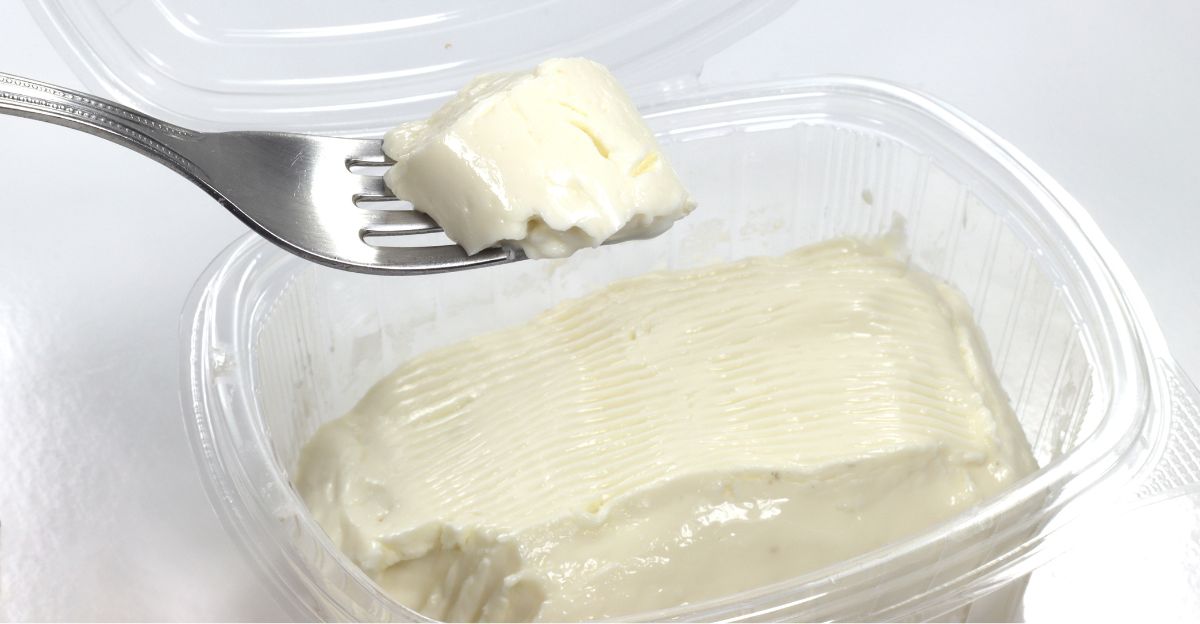
Fast food places once offered cheddar spreads loaded with margarine and trans fats to cheaply deliver a “melty” cheese flavor.
Advances in nutrition science showed that trans fats raise “bad” cholesterol and heart disease risks. National health campaigns led the FDA to require labeling first and then ban most trans fats.
As a result, old cheddar spreads disappeared, and restaurants sought natural cheeses or new recipes. This improved the burger taste and public health, as heart disease rates linked to these fats dropped.
6. Charbroil Flavor Crystals

Flavor crystals were tiny bursts of smoky or grilled taste, made possible by concentrated additives and chemicals mimicking outdoor grilling.
Although “grilled indoors” sounds safe, inhaling crystal dust or eating them in excess was shown to risk respiratory and toxicity problems, especially for food workers.
The FDA ban protected both cooks and customers, resulting in new best practices for restaurant preparation, helping foster cleaner kitchen air and a new era for burger seasoning development.
7. Neon Green Pickles Out
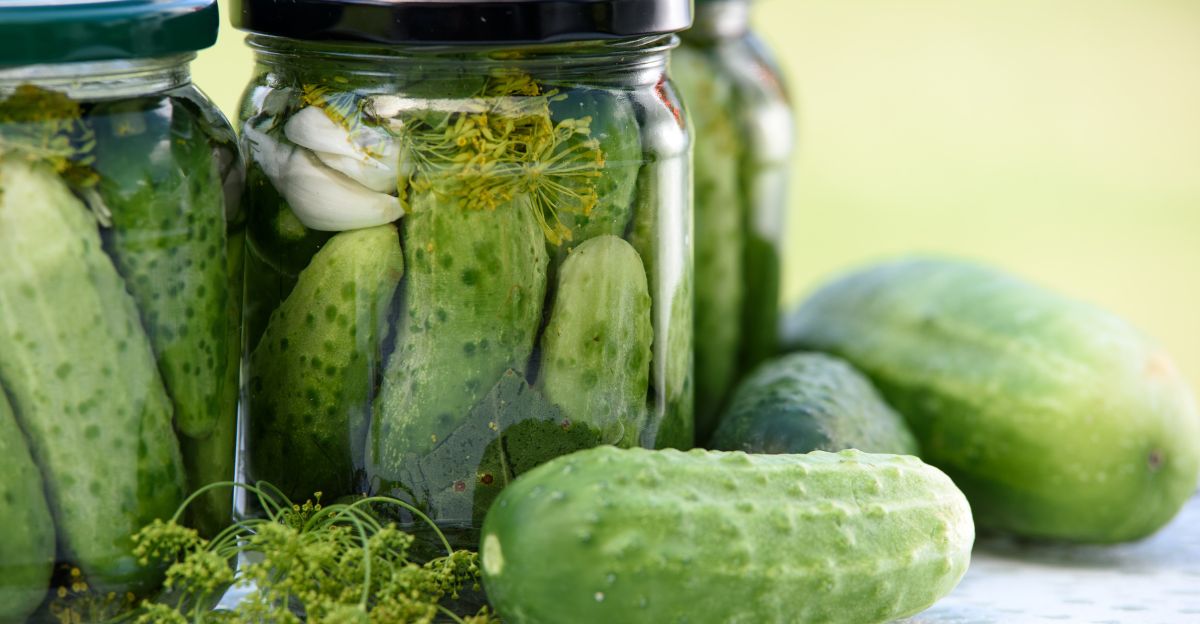
Colorful pickles stood out on burgers, especially those dyed with FD&C Green No. 2, making them look even more appetizing.
Later, toxicity concerns caused the FDA to ban this and other synthetic green colorants. Pickle producers returned to classic salt- and vinegar-based recipes, sometimes using foods like spinach or turmeric for color.
Today’s pickles lack neon flash, but represent a new consensus for simple, safe, and honest coloring—showing how natural looks can be appealing.
8. Onion Rings and BHT
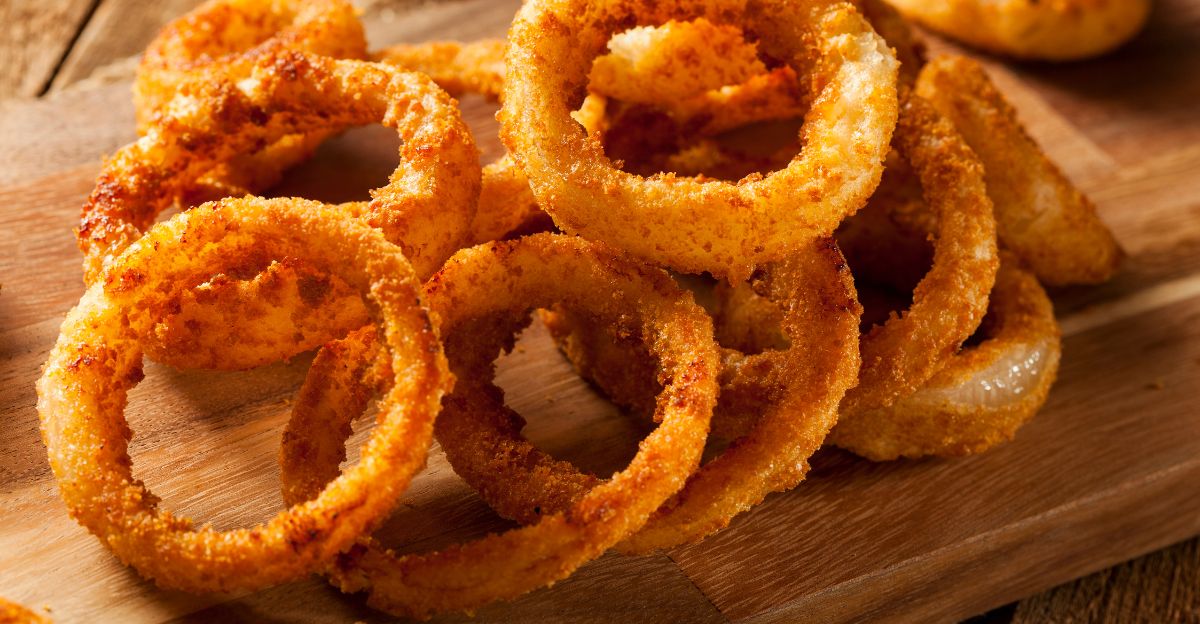
For years, onion rings kept their crunch thanks partly to BHT, an antioxidant in food and other industries. Studies linking BHT to animal tumor growth prompted the FDA to review its safe use.
Many brands dropped BHT and reformulated or promoted “preservative-free” rings. As one food writer said, “It’s a zesty tale of how seemingly innocuous additives can have significant implications.
A reminder that sometimes less is more when it comes to flavor boosters,” showing how safety now trumps shelf life in the burger world.
9. Butter-Flavor Topping Oil and Diacetyl
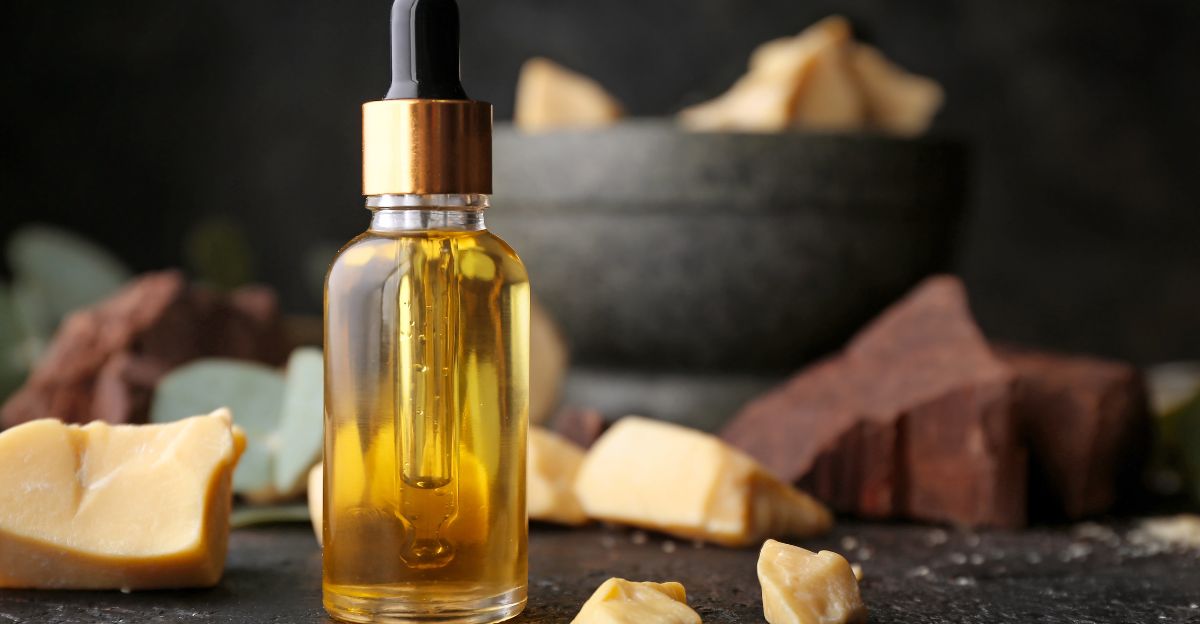
Flavoring oils mimicking real butter were a popular shortcut in burger-making. But diacetyl, the compound that created that buttery smell, was tied to serious lung illness (popcorn lung) in food factory workers who inhaled it.
When the FDA and OSHA flagged the risks, diacetyl quickly disappeared from burger cooking oils and was replaced by safe, plant-based alternatives.
This case clarified that food safety isn’t just for eaters but also for those who prepare our food each day.
10. Epoxy-Treated Eggplant Bacon

Vegan and vegetarian burgers became trendy, and “eggplant bacon” came along for the ride—thin slices baked with a smoky flavor and a crispy finish, sometimes achieved with non-edible sealant sprays.
When tests showed these coatings weren’t safe in food, officials moved fast. The FDA banned epoxy and similar chemicals, driving vegan food makers to safer, all-natural recipes.
The episode underlines how even plant-based foods are now held to strict standards on burger menus.
11.“Pink Slime” Burger Sauce

Pink Slime Sauce used meat scraps treated with ammonia (ammonium hydroxide) to kill bacteria, but the public was horrified when the truth came out in viral news reports.
As consumers demanded better transparency, the FDA banned the process for burger toppings. This marked a significant step forward in clean labeling and safer beef processing, restoring some public trust in fast food.
12. Avocado Mash with Added Nitrate
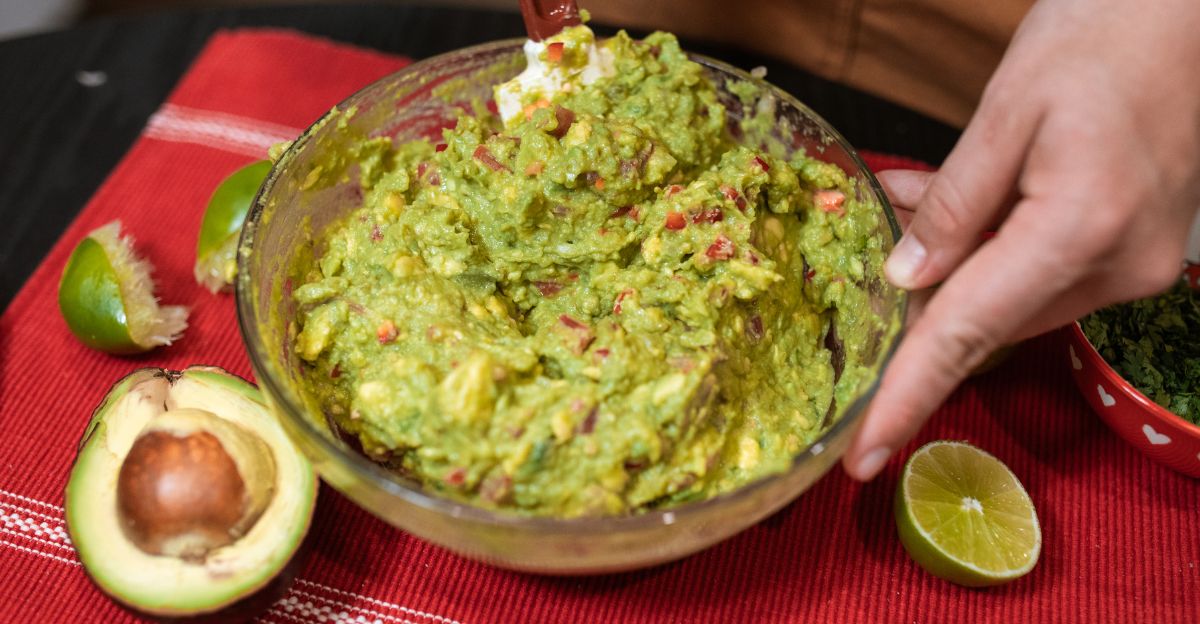
Avocado used to be kept bright green with sodium nitrate, but the FDA said enough when research tied nitrates to risks like cancer, especially in processed meats and foods.
This moved food makers to choose simpler, safer versions, even if the guacamole doesn’t look as “fresh.”
It’s a good reminder that safety sometimes comes at the cost of appearance, but healthier burgers are better for all of us in the long run.
13. Mushrooms Cooked with Benzopyrene
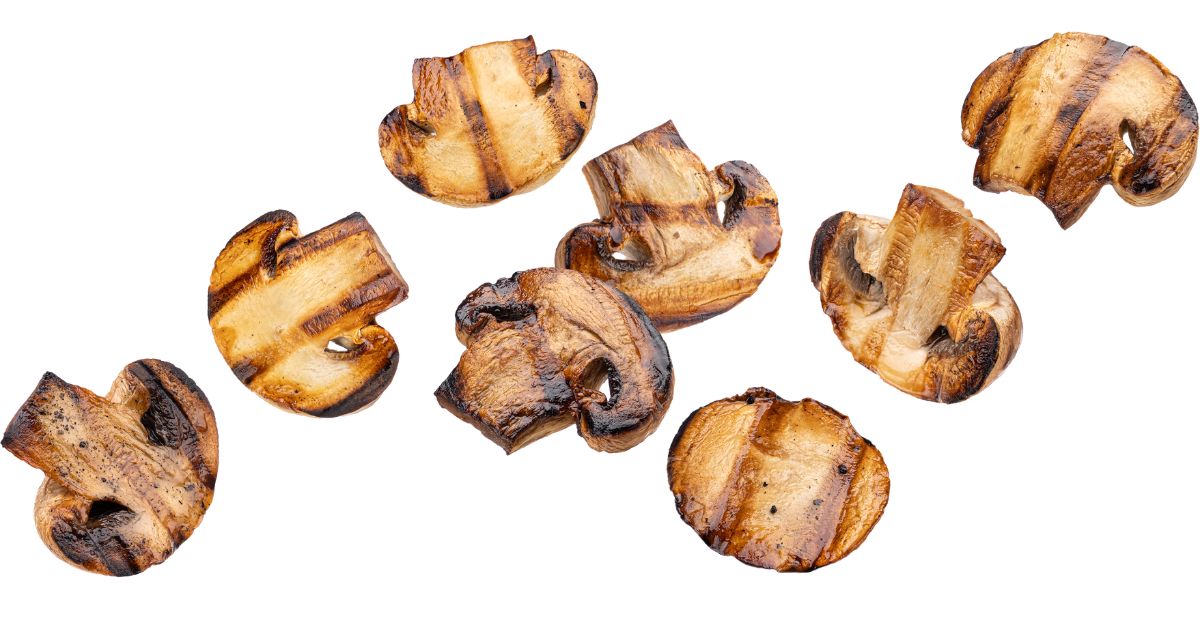
To boost the smoky flavor and appearance of grilled mushrooms, chefs once used benzopyrene—a chemical found in coal tar and charcoal, later found to be highly carcinogenic.
The FDA banned this additive, and restaurants switched to slower, natural roasting methods.
These rules now protect diners from little-known risks that can build up over a lifetime of eating, even if those mushrooms lost some of their “pop.”
14. Jelly-Filled Jalapeños

Creative chefs once sold jalapeños stuffed with jelly and extra-hot capsaicin extracts, but people suffered allergies and burns in their mouths. Complaints and FDA investigations soon followed.
The topping was banned, proving that real-world feedback plays a huge role in keeping burger toppings safe, and that not every bold idea belongs on the menu without careful vetting.
15. Super-Melty Cheese
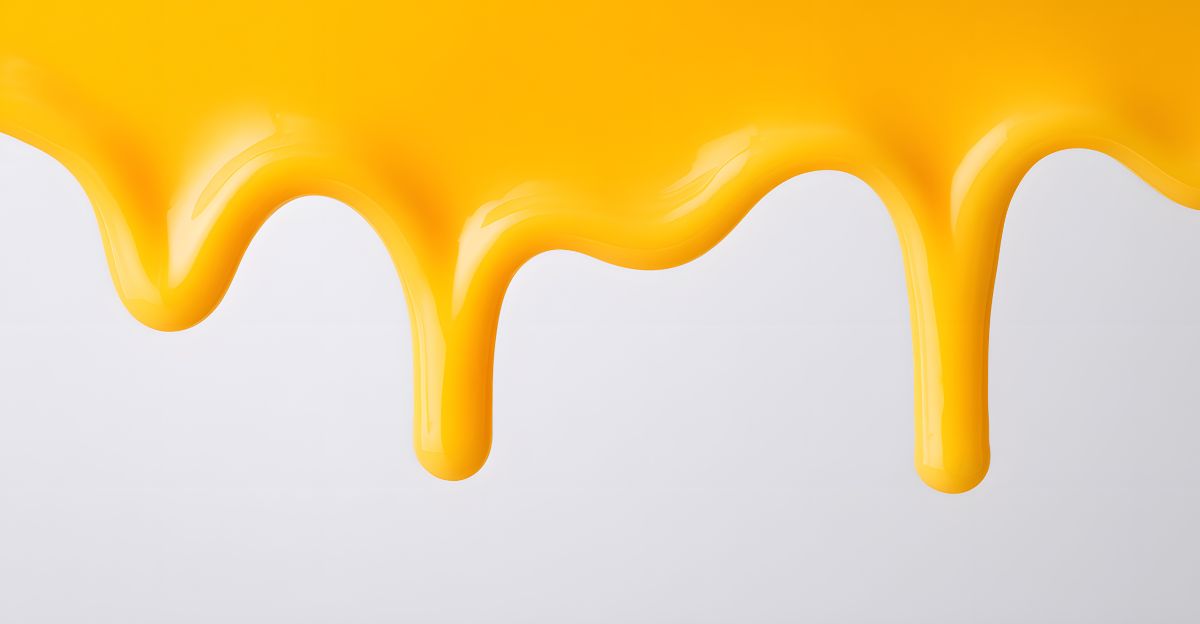
A new wave of burger cheeses boasted a “super-melty” texture, thanks to silicone-derived stabilizers. However, these chemicals could leach into food and build up in people’s bodies over time.
After warnings and scientific review, the FDA forced a recall, and the industry switched to safer thickeners.
It was a victory for proactive food science, and a lesson for those hoping to push burger innovations too far, too fast.
Why Rules Matter for Burger Toppings
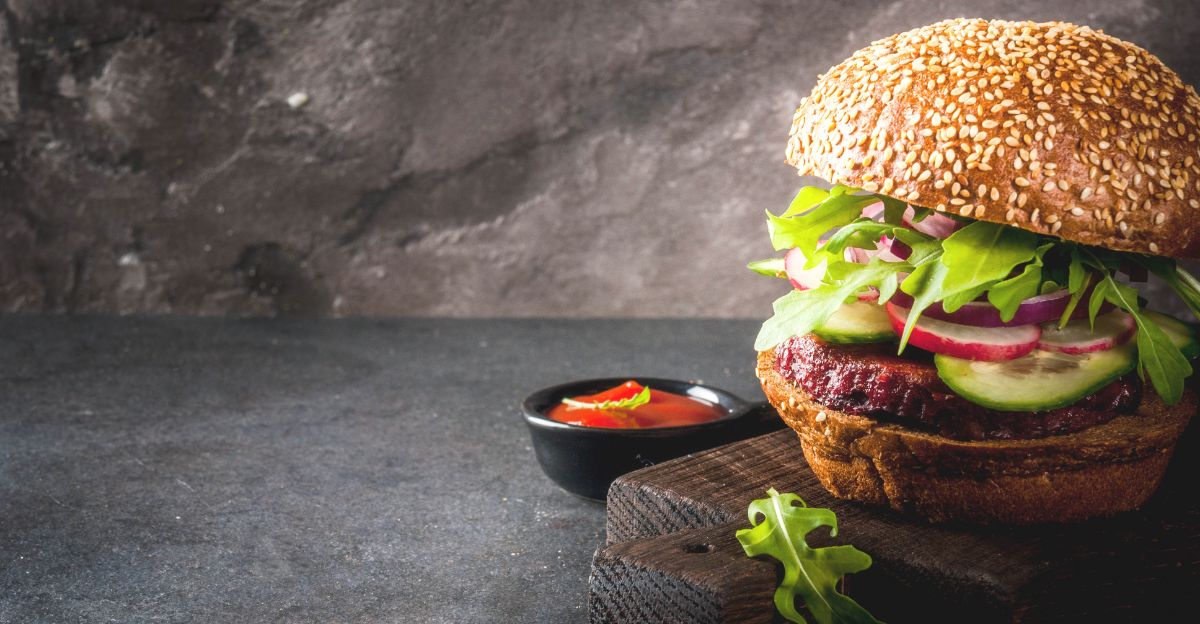
Ultimately, every FDA action reflects a story of learning and progress in American food. Behind every topping ban is a lesson about balancing creativity, fun, and health.
Today’s burgers may be less flashy but safer and more thoughtfully regulated. Each ban or rule isn’t just about ingredients but also about building trust and keeping eaters healthy, making every bite enjoyable and safe, now and in the future.